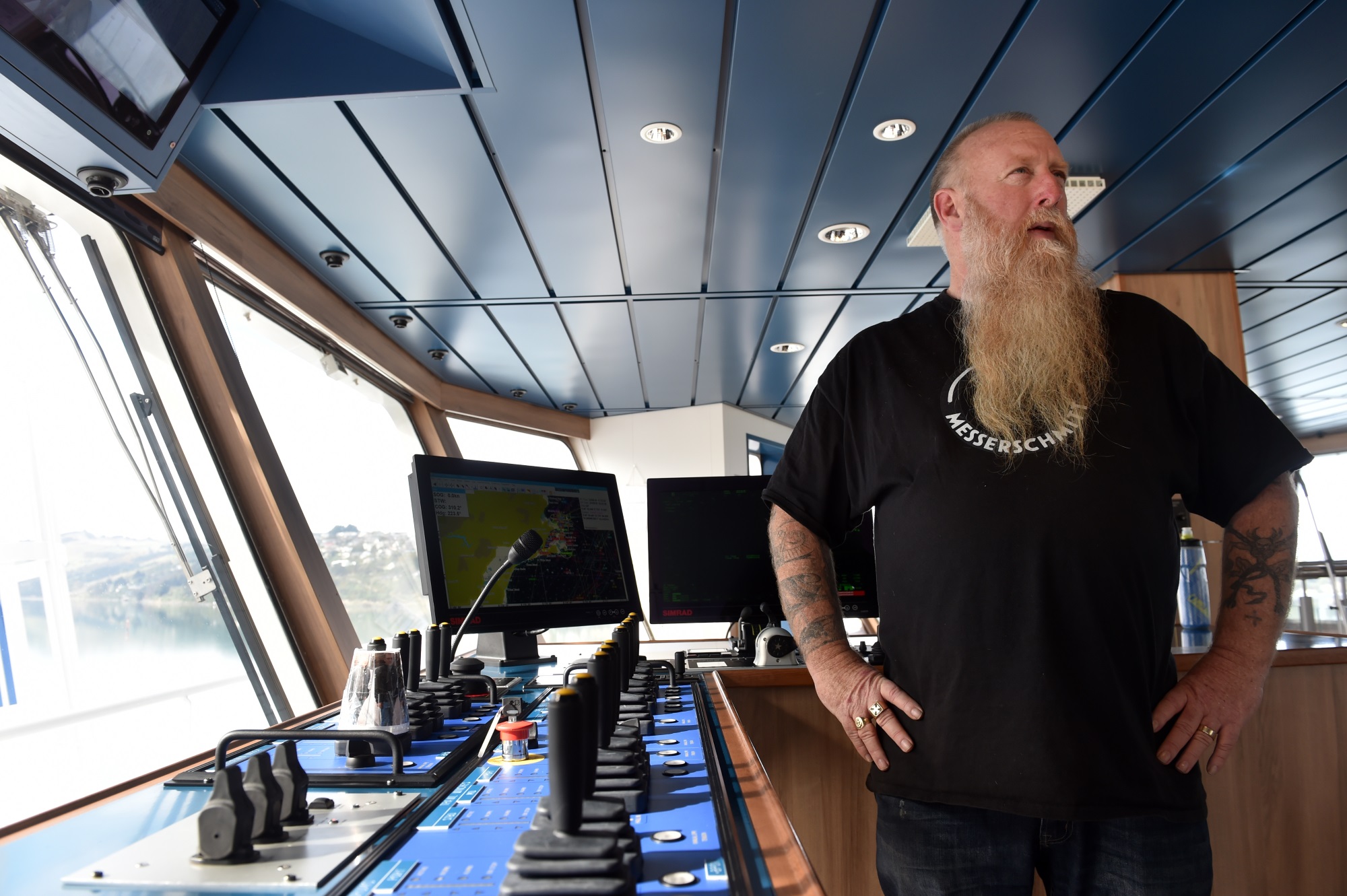Sealord took possession of the $70 million, 81.7m-long Norwegian-built vessel in mid-June, after a six-week delivery via the Panama Canal to its home port, Nelson.
Sealord fleet manager Bill Healey said the ship was still in its commissioning stages and working towards full capacity, which was to catch, process and freeze 150 tonnes of fish per day until its 900-tonne storage capacity was reached.
Tokatu will be operating out of Dunedin until the end of January, after hoki and southern blue whiting, then head to northern waters for barracuda and mackerel before coming back south for the squid season in late January.


He was proud that a Dunedin pilot had described the expansive, computer-controlled bridge and its technology as "nicer than most cruise ships".
At present Tokatu had up to 50 personnel aboard but that would drop to about 37, who would work, in general, on a 28-34 day roster.
Unloading a vessel of Tokatu’s size once employed up to 50 people, but new grading, stacking and off-loading systems meant just six were now needed.
Mr Healey said that, as in several sectors, including construction and horticulture, the fishing industry struggled to attract New Zealand employees.
There are still a few Norwegian technicians aboard, tweaking and changing parts of the processing system, which can handle multiple fish types at the same time.
Fish processed and frozen on Tokatu and unloaded in Dunedin, in a turnaround of up to 48 hours, is kept locally in cold storage facilities and much of it is exported directly.












